The Improper Bostonian - April 19, 2019
Tall Story
CambridgeSeven Principal and President, Gary Johnson, sits down with The Improper Bostonian to discuss his work on One Dalton alongside Pei Cobb Freed.
View PostSenior Writer
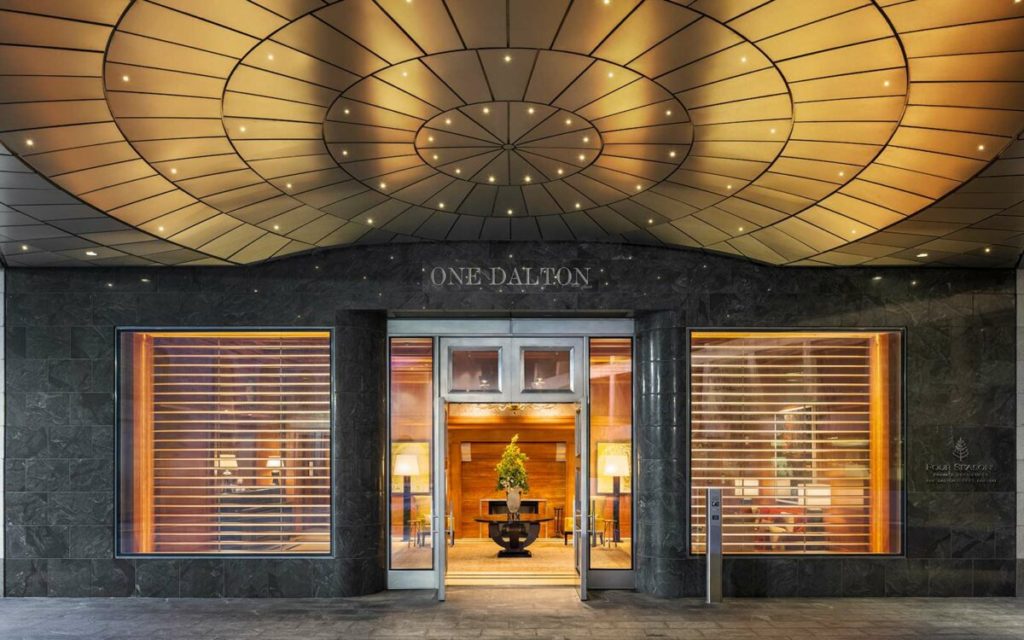
Boston architect Gary Johnson designs commercial real estate for a living. As the President and Principal of Boston-based architecture firm CambridgeSeven, he has had a hand in designing CRE projects such as the New England Aquarium on Boston’s waterfront and the adaptive reuse of the New Orleans waterfront.
Coming from a background studying at Harvard University in architecture — specializing in urban design — he has always had an ambitious vision when it comes to transforming jailhouses, waterfronts and hotels. All of his designs are marked with efficiency, nominalism and elegance. His favorite project, so far, is turning a jailhouse into a hotel, the Liberty Hotel.
“It takes a building, a jail, that was built for sorrow and we transformed it into a place of joy and happiness,” he said.
Johnson shared his thoughts on post-pandemic design for hotels, creating the Liberty Hotel and his hopes for the future.
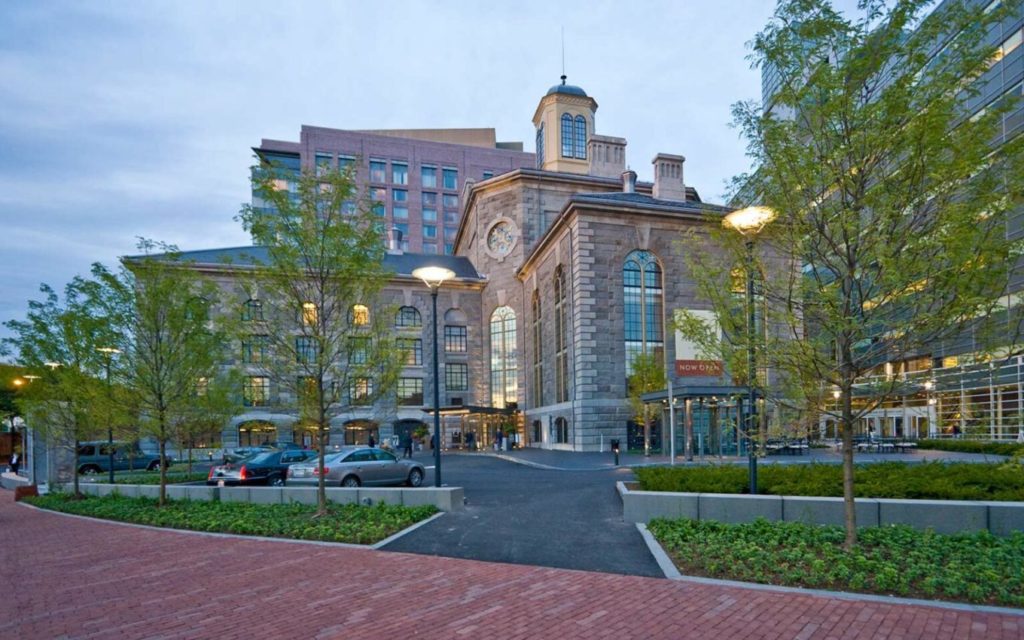
What’s your favorite type of commercial real estate project to design, and why?
I personally enjoy designing urban hotel projects, both with and without a branded residential component. Hotels are fascinating building types; they offer privacy to their guests with secure individual sleeping quarters, but they also are invitingly open and public with restaurants, bars and meeting spaces that allow for public interaction. It has been said, and I very much agree, that a hotel is like a neighborhood or city-wide living room, they are welcoming, comforting, and gracious, but also have the privacy of the upstairs bedrooms.
What kind of hotels?
Hotels with a private residential component make for a more interesting distribution of people and built elements that together, generate activity and life within a hotel environment. Residential ownership establishes the hotel as more than a transitory destination; with people living within the same overall enclosure, the place somehow is transformed as someone’s home and as a privileged place of refuge for the traveler. As a guest you are more connected to the city and the neighborhood because you are temporarily staying where others have chosen to live permanently. The hotel becomes more of a “place” that is rooted in its community.
How have you made efforts to make your projects more sustainable?
We endeavor to make each project we design as sustainable and energy independent as is possible. There are many factors that go into the design of a project and the decisions associated with sustainability including cost, time and effectiveness. Most clients understand the importance of sustainable initiatives and their ability to improve the quality of life within a built environment. The regulatory codes are heading towards a unifying sustainable approach for all buildings, which is a positive trend.
As architects we see the importance in pushing boundaries, to create buildings that are energy efficient utilizing high performance envelope design coupled with onsite renewable energy initiatives. Building designs that contribute to the common good by utilizing recycled content materials and improve the health and quality of life for their inhabitants through enhanced wellness technologies and strategies are a must as we move towards a sustainable future.
What does design for post-COVID hospitality look like?
Hospitality design initiatives, to my surprise, seem mostly unchanged by COVID. Initially, I had imagined it would forever alter the way guests would interface with hotels. Would they, in fact, come at all? Would they demand that rooms, baths and bedding be specially cleaned and treated? Would food be served differently? And would anyone come to a meeting or function in a ballroom setting?
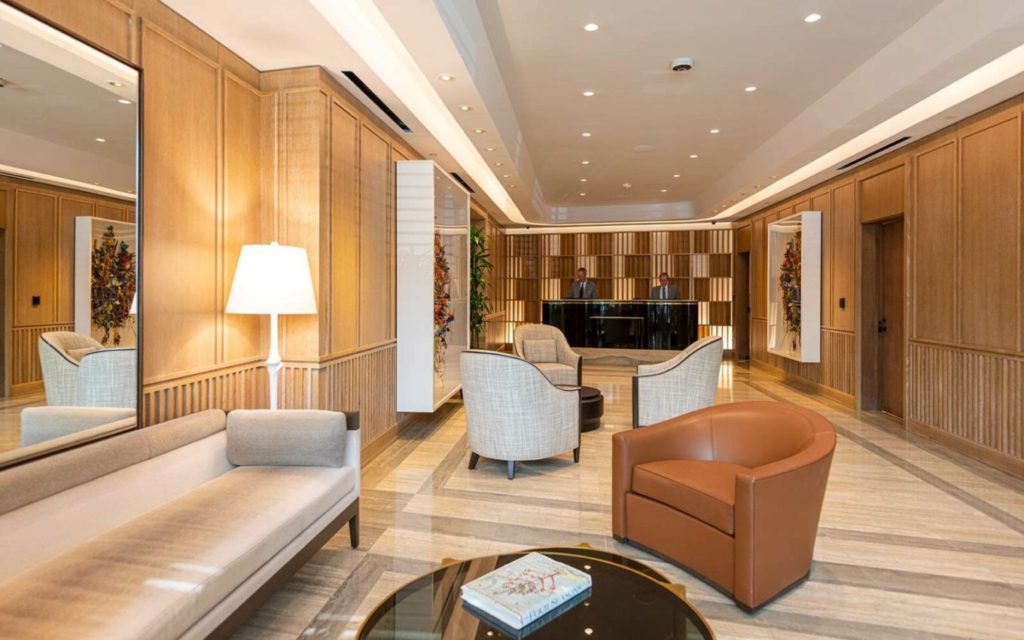
Did the pandemic change your design approach?
The hotels we have designed and opened through the COVID period have not seen much change in their approach to design or providing services to their guests. In many ways, they are very similar to pre-COVID times except for closer scrutiny on the health of the guests and employees. Surely there is more dedicated oversight of food preparation and safety. Guest rooms and baths are sanitized thoroughly, but the design of these spaces is much unchanged.
What was the most rewarding thing about working on the Four Seasons luxury residences?
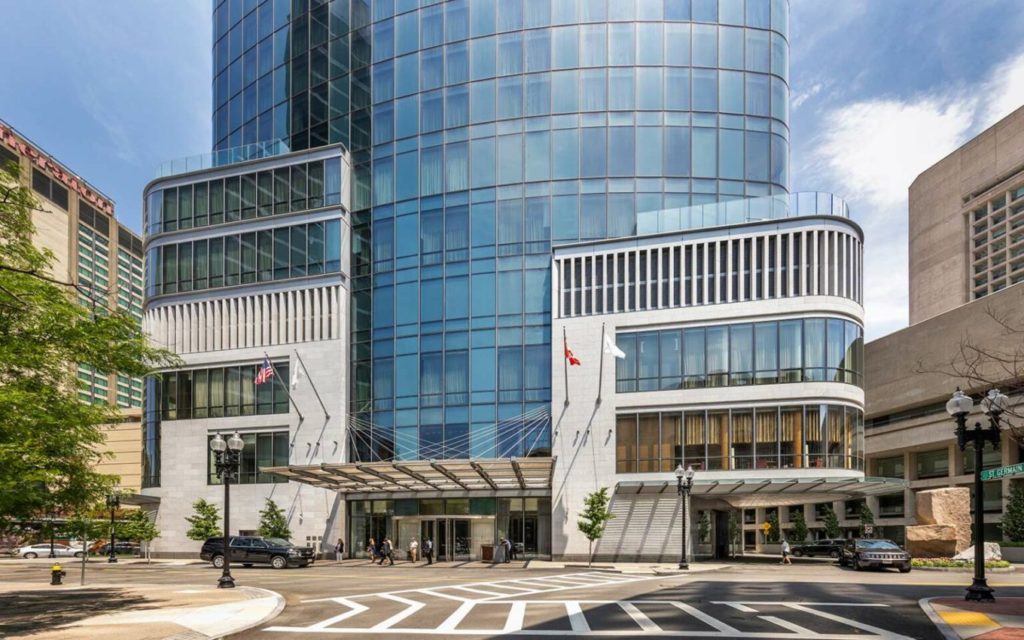
The Boston Four Seasons Hotel and Private Residences and the New Orleans Four Seasons and Private Residences projects have been transformative for their cities and their neighborhoods. As an architect, I find that is reward enough. But for these two projects, their design and presence have elevated their cities as significant destinations within the luxury travel and residential markets. The building’s designs are powerful, the interior designs reflect their locales with elegant and tasteful décor. The residential component of the buildings establishes a community of stakeholders that ensures a lifetime commitment to their city and to their neighborhoods.
What was the hardest thing about turning a historic jail into the Liberty Hotel?
The Liberty Hotel has become one of Boston’s most successful hotels. It was not always apparent during the design process that it would end up that way. Although the building is significant historically, with a bold architectural expression, there were many skeptics that questioned if you could successfully convert a jail, with the reputation that the Charles Street Jail had, into a luxury hotel product and have it thrive socially and economically.
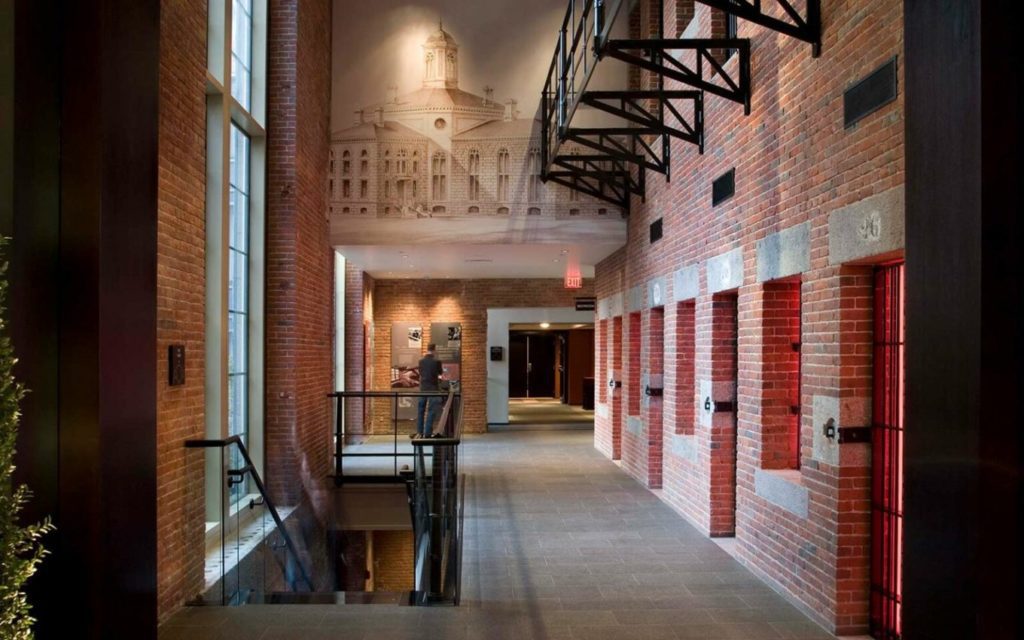
Fortunately, our client, Carpenter & Company, never had a doubt that it was possible and their encouragement to keep the historic building exposed to view and the best parts of the “jailness” of the building intact, showcasing it rather than hiding its history, is, in great measure, the secret to the project’s singularity and success.
What was the process like?
The actual re-purposing of the building was intense. Negotiations with the National Park Service and the State of Massachusetts Office of Preservation and the City of Boston over historic details and techniques for historic accuracy were equally demanding. In the end, all design and regulatory participants understood the value in seeing the historic building preserved and its story told while allowing it to serve a new life for a new generation as a luxury hotel. Designing that project was a career highlight and seeing it active and in use today is still amazing.
How can waterfronts in coastal cities help local neighborhoods and cities?
Cities that face a waterfront have a rare and precious resource that must be shared with all its inhabitants in a meaningful and interactive way. As a people we are drawn to the water, it refreshes, replenishes, and inspires; for city dwellers, the waterfront offers a unique open space amenity that is accessible and free to all. Gone are the days when waterfront industrial developments and transportation had dominion over waterfront real estate Today the waterfront needs to accommodate both marine industrial and public amenity based on a balanced approach.
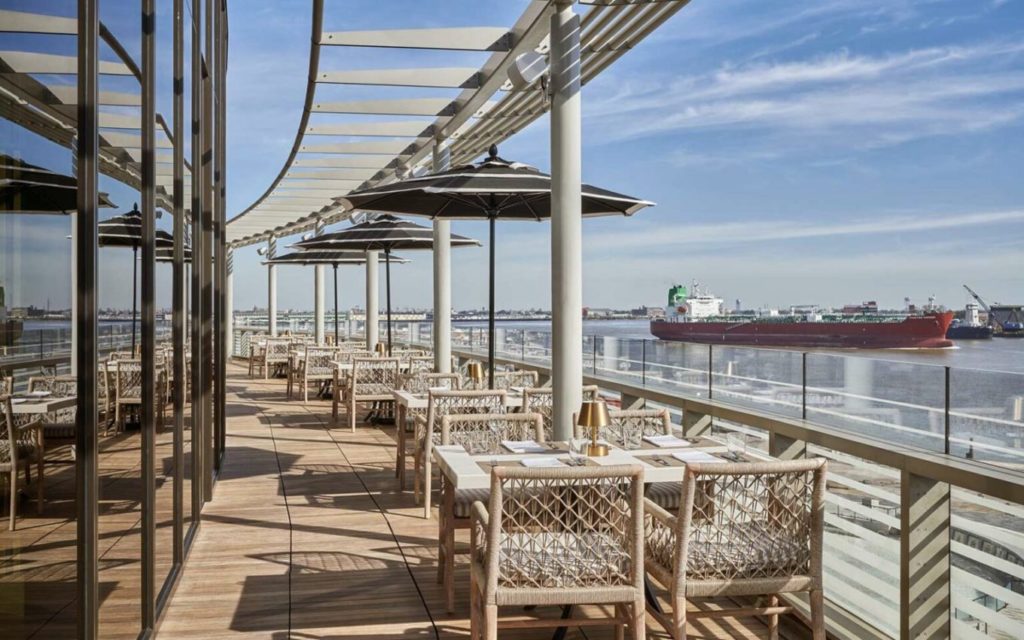
What do you mean?
Urban waterfronts offer a perfect gathering and place-making opportunity for its citizens which can define a city. Providence, Rhode Island, is an excellent example, through its imaginative use of the river running through the center of the city which is used to stage the summer long Water-Fire spectacle. That imaginative embrace of the Providence River makes me realize how much of a destination a city on water can be and how it can attract and invigorate its citizenry with pride of place.
You’ve worked on several adaptive reuse projects. Why are they so rewarding?
Adaptive reuse projects consist of the utilization of an undervalued built resource — an old building — and these projects are intrinsically sustainable. Moreover, they often make use of buildings that are legitimately historic, or have architectural character, or are time-proven and remain usable. Transforming a neglected building into something with renewed vitality and relevance has meaning to its city, neighborhood and to the public at large.
As a society we, too, often consider demolition rather than rehabilitation because it’s easier and requires less skill. Restoration on the other hand requires patience, exploration and experimentation that often results in designs with unique values to ownership, the designers and society at large.
The Improper Bostonian - April 19, 2019
CambridgeSeven Principal and President, Gary Johnson, sits down with The Improper Bostonian to discuss his work on One Dalton alongside Pei Cobb Freed.
View PostBuildings.com - March 25, 2021
Gary Johnson, AIA provides insights into how the future of travel restaurants can evolve after COVID-19 to provide unique guest experiences.
View Postarkitekten. - June 16, 2020
CambridgeSeven President, Gary Johnson, spoke with a Swedish journalist, Linda Marlevi, about current projects under construction, including Brookline's Hilton Garden Inn, and how the firm and the industry are adapting to COVID-19.
View Post